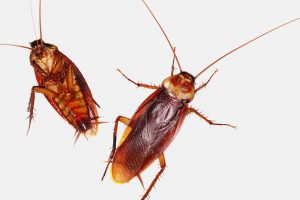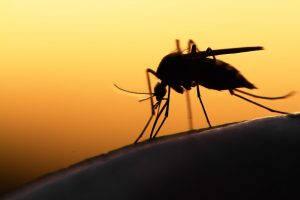
Once thought to be creatures out of a low-budget Hollywood movie, cyborg insects are now making waves in the professional scientific community. New ideas from the world of technology are emerging as scientists attempt create bugs with practical uses.
The Rise of the Cyborg Insect
North Carolina State University is developing an idea that may turn insects into helpers during a crisis. Researchers hope to attach tiny computers to cockroaches and other hardy insects and use these insects to map out collapsed buildings. This may help emergency services crews determine whether to enter potentially dangerous structures, and evaluate the extent of the wreckage. Since insects can travel through cracks in walls, beneath floors, and into ceilings, these robo-insects may be especially helpful in discovering whether an area is safe. Putting this plan into action has yet to be accomplished, as more research and funding is still needed.
This isn’t the first time scientists have considered using computerized insects, as this idea has been examined before in several small-scale insect studies. One study looked at insects travelling through a tunneling system with tiny computerized gadgets attached to their bodies. These gadgets excited a receptor that made the insects believe they had hit a wall. This in turn initiated a turn reflex, and the researchers were able to successfully control the paths of the insects through the system. Researchers believe that they may be able to incorporate this technology and control the paths cockroaches take in abandoned, collapsed, or dangerous buildings. Thus researchers may be able to control where insects go in such structures.
Some are expressing ethical concerns over these ideas. Controlling insects and their movements may seem cruel to some; however, many scientists argue that any negative consequences are outweighed by the proposed benefits. More research is still needed, however, before this practice can be put into place, even on small-scale projects.





